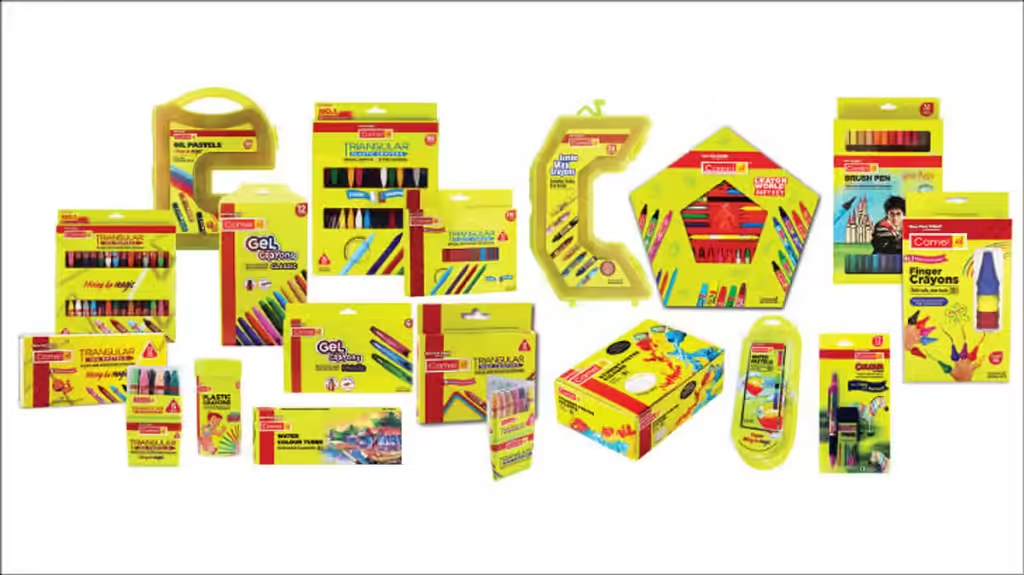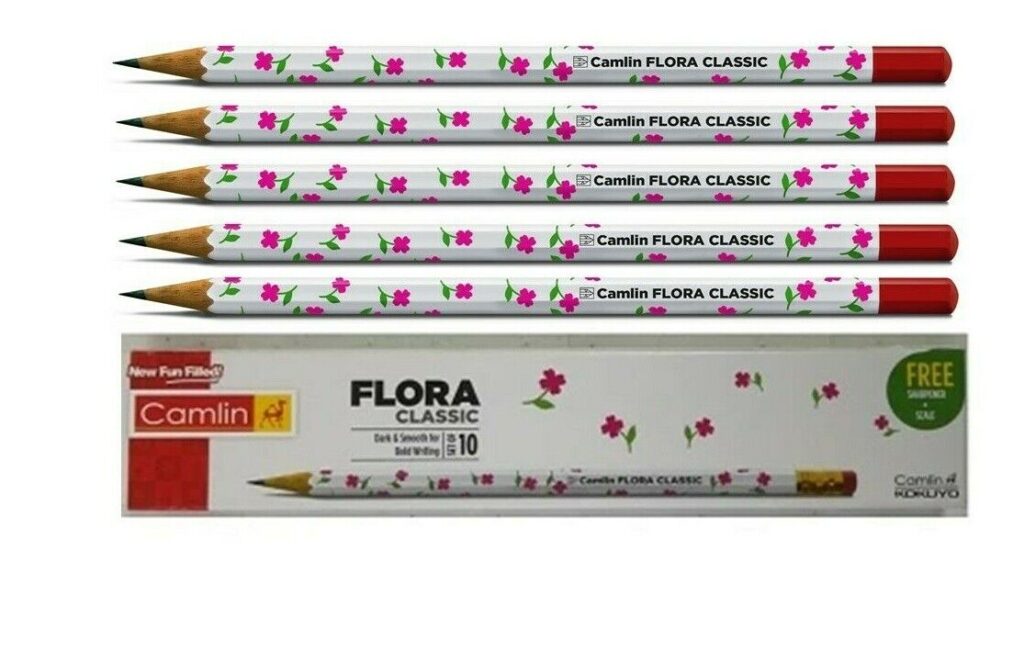Unforgotten Brands: Camlin

Camlin continues to be a dominant force in the school stationery and art supply market maintaining its legacy of quality and innovation
Digambar Parashuram Dandekar, a young chemistry graduate, left his government job to pursue a start-up. Realizing that quality stationery products in India were mostly imported from the UK, Germany, or Japan, he founded Dandekar & Co. with his brother Govind Dandekar, an engineer with the Brihanmumbai Municipal Corporation (BMC).
Operating out of a single room in their family home in Girgaum, the Dandekars started by manufacturing ink in a small vat, which they tested and distributed in nearby schools.
Their high-quality products quickly gained popularity among Maharashtrian and Gujarati businessmen in the erstwhile Bombay Presidency. However, space soon became a constraint, prompting the family to move to Shivaji Park.
The business faced significant challenges, particularly with tax revisions making imported ink cheaper. While imported ink benefited from industrial-scale production and tax cuts, local ink was produced on a smaller scale, resulting in higher costs. Faced with these difficulties, D.P. Dandekar considered suspending manufacturing, but loyal customers encouraged him to continue, even if it meant bearing losses.
During this period, the Dandekar brothers sought a unique branding strategy. Inspired by a Camel cigarette poster in an Irani cafe, they chose the camel as their brand mascot. The camel symbolized resilience, endurance, and companionship—qualities they wanted their fountain pen and ink to represent.
Thus, they named their brand “Camel,” projecting the message that their pen, with a single filling of ink, would continue to write for miles, becoming a student’s steadfast companion.
The brand’s symbol, which till then was a horse, changed to Camel.
The Dandekar brothers began developing their brand after settling on a name. Working tirelessly to build a reputation for dependability and greatness, they concentrated on delivering high-quality goods and services. Their perseverance paid off, and now people all over the world associate the Camel name with excellence, originality, and happy customers.
Initially known for their inks, it wasn’t until the 1960s that the brand diversified into art materials. This shift was inspired by an incident following Mahatma Gandhi’s assassination, where imported materials were used to paint his portrait. The canvas and Winsor Newton colours were given to the artist when he requested for art supplies. He continued by saying it’s a shame that the painting of a Swadeshi movement icon had to have imported materials. Motivated by this, Subhash Dandekar, the founder’s son, experimented with coloured drawing inks, which quickly became popular among artists.
Subhash furthered his education in colour chemistry in Glasgow and upon returning, he established a laboratory to formulate colours for the Indian market. By 1962, the company had introduced various art materials such as oil and watercolours, poster colours, wax crayons, oil pastels, and watercolour cakes.
In 1988, Dandekar & Co officially became ‘Camlin’, merging the Camel and Ink names under one company name. The Camel brand focused on art supplies like paints, brushes, and canvases, while Camlin catered to school and office supplies, including pencils, pens, and adhesives.

To promote art in schools, Camlin organised district-level art competitions in the late 1960s, which expanded to national competitions by the late 70s, involving thousands of schools.
In 1974, Camlin introduced India’s first-ever wooden pencils with layers, known as Camlin Flora pencils, which quickly became a favourite among students due to their floral patterns.

More than 80 years after its inception, Camlin was acquired by the Japanese company Kokuyo Co. Ltd. in 2012. Kokuyo purchased a 50.74% stake in Camlin for Rs 366 crore. Despite the acquisition, Subhash Dandekar’s son, Dilip continued as chairman and MD. Kokuyo retained the Camlin and Camel brands, facilitating the entry of Kokuyo products into the Indian market and aiming to boost Camlin’s exports.
As of now, Kokuyo holds a majority stake in the company, with the Dandekar family’s holding reduced to less than 1%. Since the acquisition, Camlin has diversified into office stationery and launched new products, such as pinless staplers. The company continues to be a dominant force in the school stationery and art supply market in India, participating in international trade fairs and maintaining its legacy of quality and innovation.
Reference
https://www.livemint.com/Leisure/LqVRViYoJdmtlPpnZqYr6L/1931-Camlin–Colouring-the-map.html
https://yourstory.com/2016/09/of-stationary-and-memories-the-camlin-story



